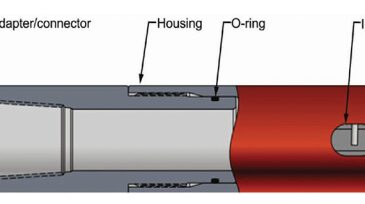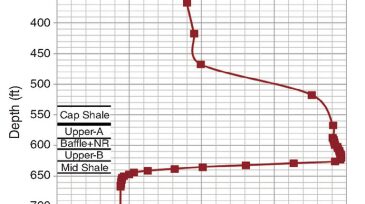heavy oil
-
The cost reduction per barrel of oil produced and the extension of sustainable production life by optimization have been two major areas of focus, but the investments in new technologies and recovery-improvement research have not received sufficient attention during the downturn.
-
This paper shares experience gained in the Ashalchinskoye heavy-oil field with a two-wellhead SAGD modification. As a result of a pilot for this technology in Russia, the accumulated production of three pairs of these wells is greater than 200,000 tons.
-
The complete paper provides an overview of the development of fiber-optic sensing for steam-assisted-gravity-drainage (SAGD) applications, including a review of more than 10 years of work in development and field applications in western Canada.
-
Despite the recent downturn, a significant number of pilot- or demonstration-scale applications of existing technologies to develop new heavy-oil fields or new technologies to develop existing fields have been reported over the past year.
-
This paper presents the planning and execution of a matrix-stimulation pilot project in the heavy-oil Chichimene Field in Colombia.
-
Cyclic steam stimulation (CSS) is one of the principal enhanced-oil-recovery methods for heavy oil. CSS was performed in some of the wells of a heavy-oil field in Kuwait. Multiple cycles were applied in these wells. However, the total water produced in each cycle was much less than expected.
-
The appreciation of empirical realities permits the improvement of commercial depletion planning and enables a greater number of projects. This paper reviews the evidence for and against three doctrines in current use to develop depletion plans.
-
The Hebron field off the east coast of Canada has begun production 37 years after it was discovered. Production is expected to peak at 150,000 B/D and ultimately yield about 700 million bbl of oil over the field's life.
-
Researchers at the University of Calgary have developed a solid pellet that can transport bitumen and heavy oil by railcar instead of pipelines.
-
The authors discuss a new way of extracting deformation information from radar imagery, contributing to improved accuracy of InSAR surface-elevation monitoring.










